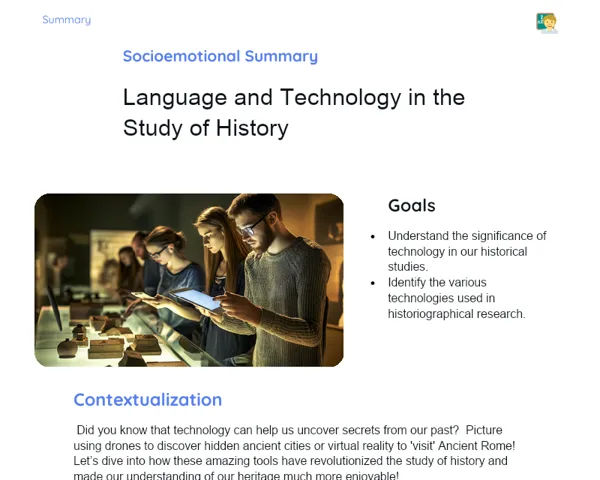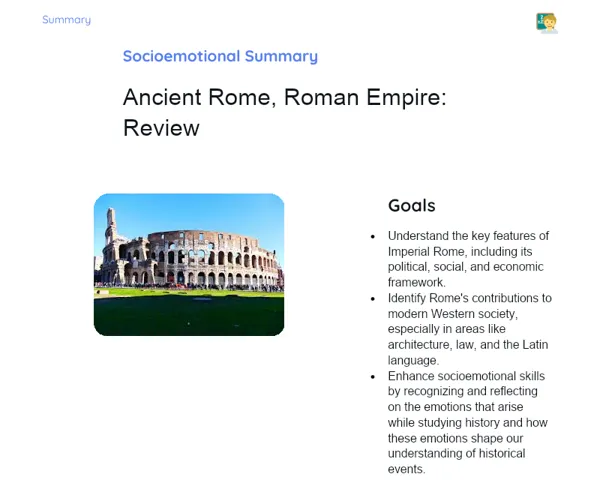Objectives
1. 🎯 Understand the motivations and events that led to the Chinese Communist Revolution, with a focus on the influence of the Soviet Union and the social challenges faced by China in the early 20th century.
2. 🌍 Analyze the historical, social, and political context of pre-revolutionary China, identifying the conditions that allowed the communist movement led by Mao Zedong to gain traction.
3. 🤔 Develop critical skills to compare and contrast the Chinese Communist Revolution with other significant uprisings and comprehend its impact on global dynamics and international relations.
Contextualization
Did you know that the Chinese Communist Revolution, spearheaded by Mao Zedong, not only transformed China's internal landscape but also significantly influenced global dynamics during the Cold War? This pivotal movement not only toppled a government but also reshaped the trajectory of a nation’s history, leaving a lasting imprint on international politics. Grasping the nuances of this revolution means delving not just into China’s narrative but also exploring one of the most dramatic chapters in global history.
Important Topics
Pre-Revolutionary Context in China
The period before the revolution in China was marked by widespread poverty, social disparity, and ineffective governance, which set the stage for reform and revolution. Society was divided, with a wealthy elite controlling most resources, while the majority of the populace, primarily peasants, lived in dire conditions.
-
Foreign Domination: A series of unequal treaties with foreign powers had severely weakened China, compromising its sovereignty and increasing internal strife.
-
Social Inequality: The gap between the affluent and the impoverished was glaring, with peasants facing exploitation by landowners, fueling social unrest.
-
Government Ineffectiveness: A weak central government was unable to ensure security and welfare for its citizens, eroding its legitimacy and paving the way for opposing movements.
Influence of the Soviet Union
The Russian Revolution of 1917 and the creation of the Soviet Union played a crucial role in inspiring revolutionaries globally, including in China. The communist ideology and revolutionary tactics from Russia provided a model for the Chinese Communist Party, which sought Soviet backing.
-
Communist Ideology: The promise of equality and social justice inherent in communism resonated deeply with Chinese peasants and workers.
-
Soviet Assistance: The Soviet Union offered military training, ideological backing, and strategic advice to the Chinese Communist Party, bolstering its capability to fight.
-
Revolutionary Model: The Party's structure, guerrilla warfare tactics, and mass mobilization efforts were largely influenced by the Soviet example.
Leadership of Mao Zedong
Mao Zedong emerged as the undisputed leader of the Chinese Communist Party during the revolution, and his strategies were pivotal to the success of communism in China. He tailored communist ideology to the Chinese context, emphasizing the mobilization of the vast peasant population, which was effective given the rural makeup of China.
-
Peasant-Centric Theory: Mao’s focus on peasants as the revolution’s backbone set the Chinese revolution apart from the more urban-focused Russian one.
-
Long March: Mao's leadership and resilience during the Long March enhanced his reputation within the Party, establishing him as a charismatic figure and strategist.
-
Consolidation of Power: Following the revolution's success, Mao initiated radical agrarian and industrial reforms, reinforcing his control and laying the groundwork for communist governance in China.
Key Terms
-
Chinese Communist Revolution: Refers to the movement led by the Chinese Communist Party under Mao Zedong, culminating in the downfall of the nationalist government and establishment of the People's Republic of China in 1949.
-
Mao Zedong: The founding father of the People's Republic of China and the leader of the Chinese Communist Party, whose ideas and leadership were integral to the revolution and subsequent communist regime in China.
-
Chinese Communist Party (CCP): The political entity that played a central role in the Chinese Communist Revolution and remains the sole governing party in China.
For Reflection
-
How did the historical and social backdrop of pre-revolutionary China shape the strategies employed by the Chinese Communist Party during the revolution?
-
In what ways did the ideological and strategic support of the Soviet Union influence the development of the Chinese Communist Revolution and its implementation of communist principles?
-
What role did Mao Zedong's charismatic leadership play in consolidating communist dominance in China, and what were the implications of his governance for the nation?
Important Conclusions
-
We delved into the foundational aspects of the Chinese Communist Revolution, examining the context of poverty, inequality, and ineffective governance that fueled the movement led by Mao Zedong.
-
We highlighted the significant influence of the Soviet Union, both ideologically and strategically, and how the revolutionary tactics of communism were adapted to fit the realities of China, underscoring the concept of 'Peasant as Pivot.'
-
We analyzed the leadership of Mao Zedong, his strategic maneuvers during the Long March, and the effects of his policies post-victory, allowing us to grasp the origins and dynamics of the People's Republic of China more profoundly.
To Exercise Knowledge
- Develop a visual timeline of the Chinese Communist Revolution, pinpointing key events and notable figures. 2. Write a comparative essay on the leadership styles of Mao Zedong and a revolutionary leader from another country. 3. Create a conceptual map linking the social challenges in pre-revolutionary China with the strategies adopted by the Chinese Communist Party.
Challenge
Historical Journalist Challenge: Imagine you are a reporter during the Chinese Communist Revolution. Write a series of articles as if you are covering events in real-time, incorporating fictional interviews with leaders and common people. Be imaginative and try to include various perspectives!
Study Tips
-
Make use of visual aids such as maps, infographics, and documentary videos to enhance your comprehension of historical events and revolutionary strategies.
-
Engage in online forums or discussion groups focused on historical topics to share insights and viewpoints with other interested individuals.
-
Maintain a study journal to record your reflections and questions as you progress through your studies, which can serve as a valuable tool for future review and a deeper understanding.


